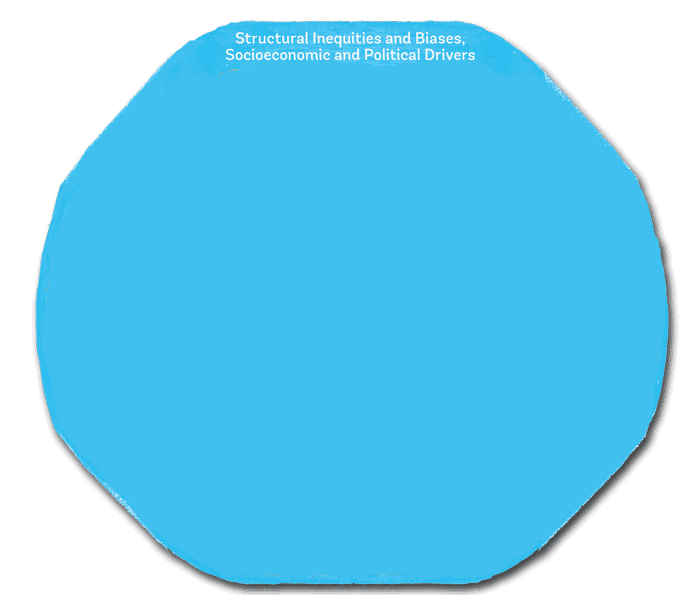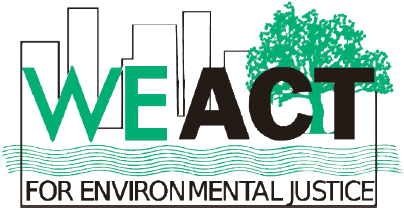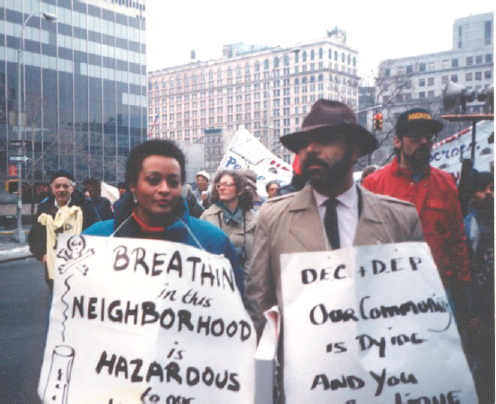
Community-driven solutions can take into account the range of factors that contribute to health inequity in the United States, such as income and wealth or employment. These factors are the social determinants of health.

The California Endowment is a foundation that has focused its support on local efforts to address the social determinants of health. For example, a grant from the California Endowment, in addition to support from the California Department of Food and Agriculture, enabled the Mandela Foods Distribution Network in West Oakland to sustain a loan program for local farmers. The “Harvest to Market” program provides flexible, no-interest loans that can be repaid through produce to underresourced farmers of color who operate within 200 miles of the Bay Area.
The California Endowment’s Building Healthy Communities initiative is a 10-year, 14-community strategy and an example of a philanthropic multisector intervention to promote health equity. Grantees, partners, and youth have led or supported efforts to improve health coverage for underserved groups and school climate and wellness by reforming harsh school discipline and suspension policies. Around school and justice system reform, foundation grantees and partners have lent advocacy support for health- and prevention-oriented models. This work resulted in the creation of a Select Committee on the Status of Boys and Men of Color in the California state legislature. Finally, Building Healthy Communities has helped grantees in their efforts to enact more than 100 local policies and systems changes, ultimately promoting a culture of health in local jurisdictions.
 WE ACT for Environmental Justice
WE ACT for Environmental JusticeWE ACT for Environmental Justice (WE ACT) is a nonprofit organization that engages in community organizing, community-based participatory research, and advocacy to fight environmental injustices faced by marginalized neighborhoods located in northern Manhattan in New York City. With support from the Kresge Foundation, WE ACT was able to develop its Northern Manhattan Climate Action Plan in 2015. The development of this plan entailed engaging WE ACT members and 400 residents from 4 neighborhoods in a series of public workshops. The plan focuses on energy security, emergency preparedness, and social hubs, with an emphasis on community-based coordination through bimonthly working groups, which advance policy initiatives such as development of microgrids and solar installations for affordable multifamily housing.

To learn more about WE ACT, click here.